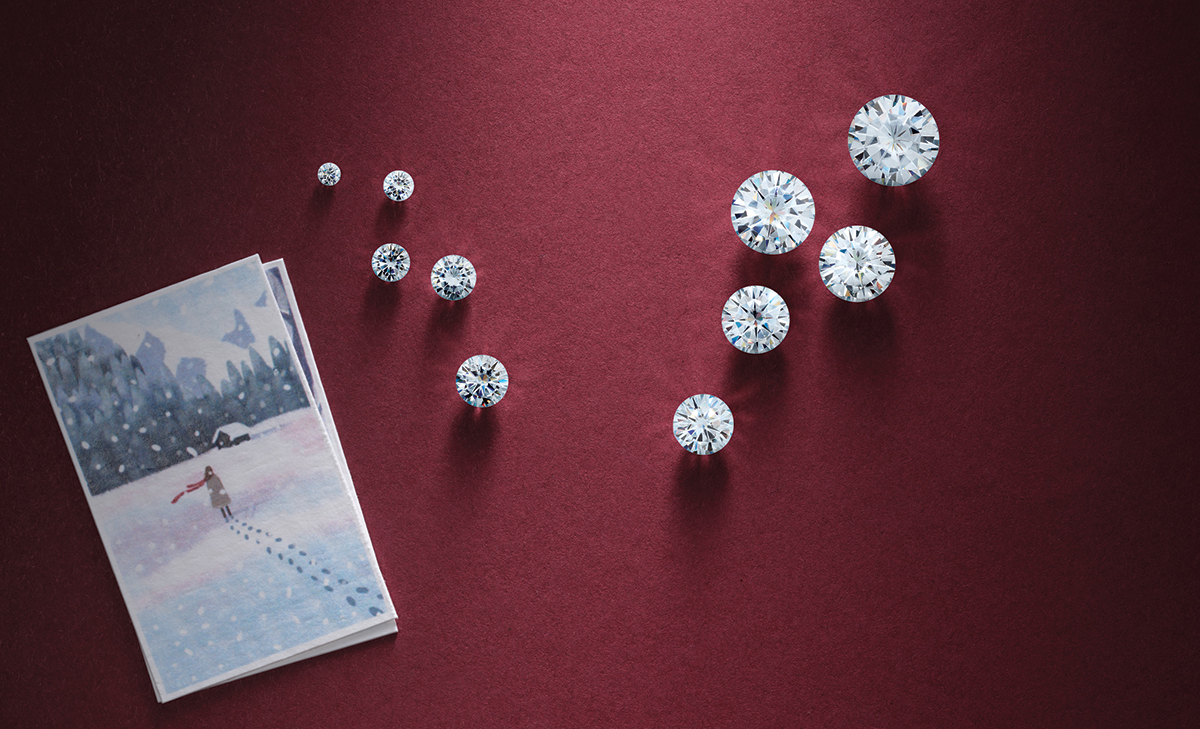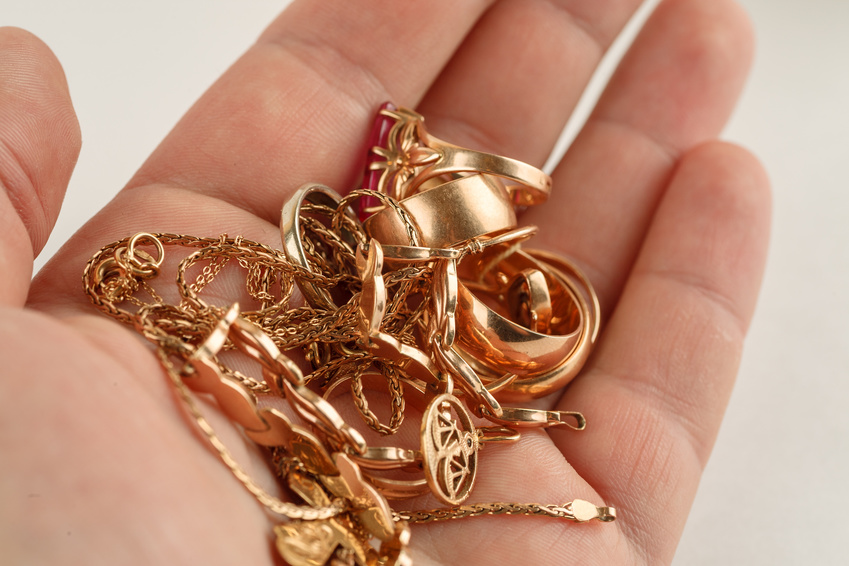In the domain of gemstones, lab diamonds have gotten forward momentum as a surprising option in contrast to regular diamonds. Their sythesis, which reflects the embodiment of regular diamonds, assumes a urgent part in their allure and usefulness. This article provides an in-depth assessment of the Composicion de diamantes de laboratorio, featuring their similitudes to and contrasts from their normal partners.
Understanding Lab Diamonds
Lab diamonds, otherwise called engineered diamonds or man-made diamonds, are established in controlled conditions that reproduce the regular cycles of precious stone development. Despite being fabricated, their sythesis is practically identical to that of regular diamonds, which adds to their developing ubiquity in the gemstone market.
Synthetic Structure
The essential part of both regular and lab diamonds is carbon. The nuclear construction of diamonds gives them their novel properties:
Carbon Molecules: In diamonds, carbon iotas are organized in a gem cross section structure known as the jewel grid. This plan provides diamonds with their excellent hardness and brightness.
Immaculateness: Lab diamonds commonly have an elevated degree of virtue, frequently displaying less considerations and pollutions contrasted with normal diamonds. This is because of the controlled climate where they are developed.
Arrangement Techniques
Lab diamonds are delivered utilizing two essential techniques that recreate the regular jewel arrangement process:
High Tension High Temperature (HPHT)
Process: HPHT copies the outrageous strain and temperature conditions tracked down deep inside the World’s mantle. Carbon is exposed to these circumstances in a laboratory setting to frame jewel gems.
Arrangement: The subsequent diamonds have a similar carbon-based sythesis and gem structure as regular diamonds. HPHT diamonds may at times contain metallic incorporations because of the cycle, which can be detected by gemological testing.
Synthetic Fume Deposition (CVD)
Process: CVD includes developing diamonds from a carbon-rich gas, for example, methane, in a vacuum chamber. The gas is ionized to make a plasma, which makes carbon molecules deposit onto a substrate and structure precious stone gems.
Creation: CVD diamonds likewise have a carbon-based organization and show a similar precious stone design as regular diamonds. CVD diamonds are by and large exceptionally unadulterated and can be made with less considerations.
Actual Properties
The actual properties of lab diamonds are almost identical to those of normal diamonds, on account of their identical substance piece:
Hardness: Lab diamonds, similar to normal diamonds, score a 10 on the Mohs size of hardness. This spreads the word about them the hardest normal material, ideal for different applications.
Splendor: The precious stone grid design of lab diamonds refracts light similarly as normal diamonds, bringing about practically identical brightness and shimmer.
Density: Lab diamonds have a comparable density to normal diamonds, commonly around 3.52 grams per cubic centimeter.
Recognizing Elements
While lab diamonds share similar organization as normal diamonds, there are some distinctive highlights that can be utilized to separate them:
Incorporations and Imperfections
Normal Diamonds: Frequently contain regular incorporations and imperfections that happen during their development north of billions of years. These blemishes can include minerals, gas bubbles, and different irregularities.
Lab Diamonds: Commonly show less considerations and imperfections because of the controlled development climate. Be that as it may, explicit elements extraordinary to the creation interaction, for example, metallic incorporations from HPHT or development designs from CVD, might be available.
Variety and Clearness
Normal Diamonds: Can go in variety from totally lackluster to shades of yellow or brown. Their clearness can differ in view of the presence of regular considerations and different variables.
Lab Diamonds: Can be created in a scope of varieties and clearness levels. They frequently have high lucidity and can be made in various tones, including dry or extravagant shades, depending on the assembling system.
Certificate
Regular Diamonds: Are frequently joined by authentications from gemological laboratories that detail their starting point, attributes, and quality.
Lab Diamonds: Likewise accompany accreditation that checks their manufactured beginning and details their qualities, guaranteeing straightforwardness and legitimacy.
Applications and Advantages
The organization of lab diamonds makes them reasonable for a wide scope of utilizations:
Gems
Lab diamonds are progressively famous in fine gems because of their quality, moderateness, and moral considerations. They offer similar stylish allure as normal diamonds however at a lower cost.
Modern Purposes
Because of their hardness, lab diamonds are additionally utilized in different modern applications, including cutting, crushing, and penetrating. Their steady quality and controlled creation make them ideal for these reasons.
Conclusion
In synopsis, the arrangement of lab diamonds is amazingly like that of normal diamonds, described by their carbon-based gem grid structure. The key distinctions lie in their development techniques and the presence of specific considerations or elements extraordinary to their creation cycle. Lab diamonds offer a convincing option in contrast to regular diamonds, giving a similar splendor and hardness while tending to moral and natural worries.
Understanding the structure of lab diamonds assists buyers with pursuing informed decisions about their gemstone buys, guaranteeing that they select diamonds that address their issues and values.




